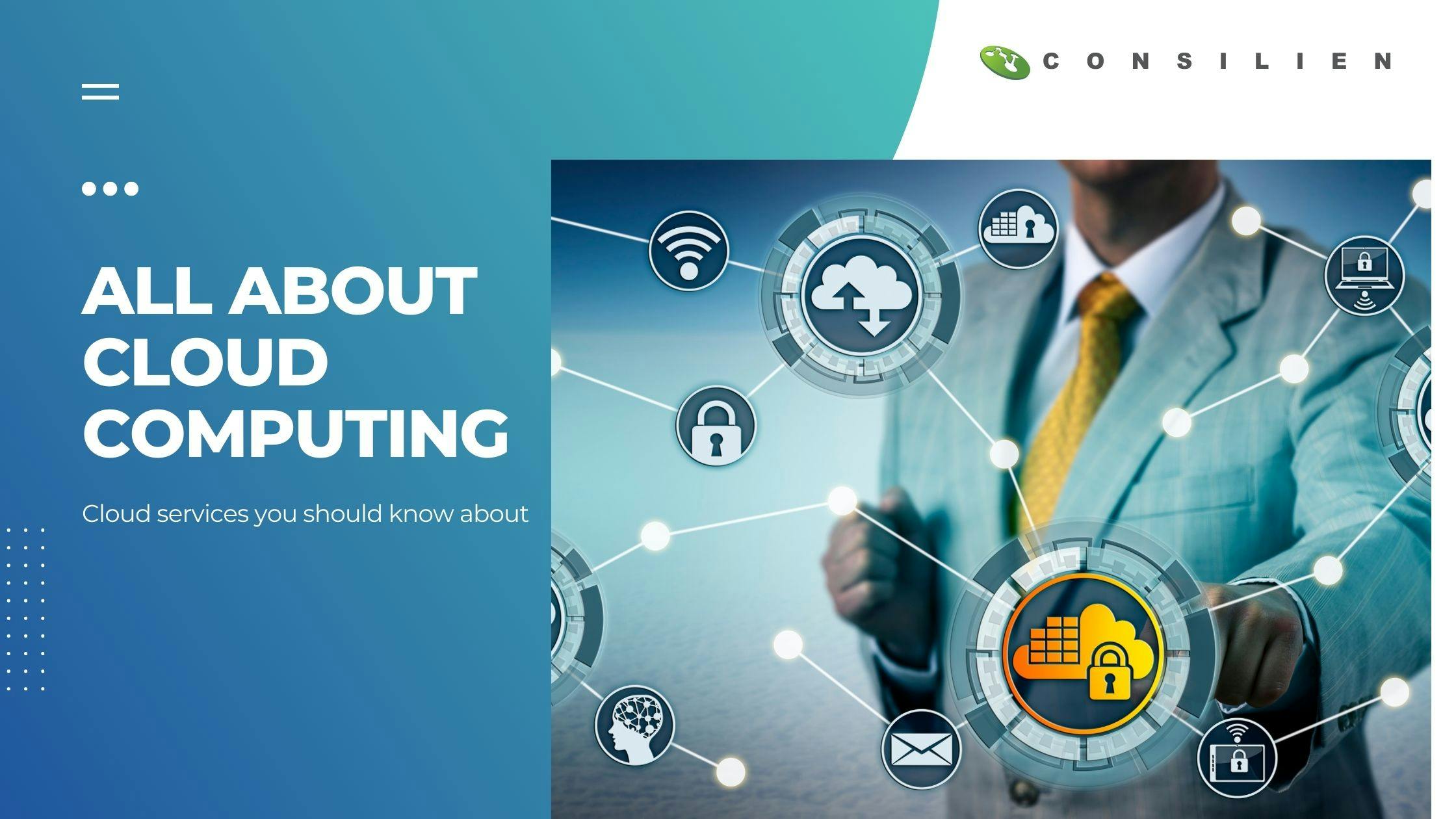ALL ABOUT CLOUD COMPUTING: WHAT YOU SHOULD KNOW

Infrastructure as a Service, Serverless Computing, and Other Cloud Services You Should Know About
Often depicted as a white, fluffy cloud in the sky on network diagrams, the original cloud is the Internet itself. In business terms, the "cloud" refers to a group of software and services that runs on remote infrastructure accessible via the Internet rather than on a local computer or network. Cloud computing involves providers renting on-demand computing power and resources, such as applications and data storage, to their customers on an as-needed basis.
Several types of clouds exist with different purposes:
- A public cloud delivers servers to the public via the Internet.
- A private cloud is not shared with the public but operates on a private internal network, often hosted on-premises.
- A hybrid cloud shares services between public and private clouds.
- A community cloud shares resources between organizations only.
Businesses can implement a cloud environment to accomplish many different goals, but the majority of uses fall into one of four categories:
- Infrastructure as a Service (IaaS) refers to renting IT infrastructure to a company, such as servers, virtual machines, data storage, and network devices. It's typically implemented with a pay-as-you-go plan.
- Platform as a Service (PaaS) provides an environment for developing, testing, deploying, and managing applications. Its purpose is to alleviate most of the physical work and let the IT team focus on the business objective.
- Serverless Computing works in tandem with PaaS. A cloud provider builds and manages the desired infrastructure for a business. The environment still runs on servers, but the name "serverless" comes from the idea that tasks associated with managing servers are invisible to the users. This service provides on-demand resources and is easily scalable.
- Software as a Service (SaaS) is a method for delivering software and applications via the Internet. It's on-demand and usually subscription-based. The provider handles the infrastructure, the application, and maintenance, such as upgrades and updates, including security patching. The customer can connect to the application on a PC, phone, or tablet.
Operating a business with a cloud environment can provide many benefits in different areas of operation:
- Cost - Physical hardware, server racks, and brick-and-mortar costs such as electricity for power and cooling can all be eliminated, including the price to pay staff to maintain everything.
- Performance - Bigger cloud providers come equipped with the best equipment, which equals less latency on the customer side.
- Speed - Many providers have a self-service option, meaning with a few clicks, the user can select more provisions and utilize them immediately.
- Scalability - Pay for the things you need and none of the things you don't. Upgrading or downgrading, depending on what's required, is only a few clicks away.
- Productivity - Because the provider handles the infrastructure and setup of applications, the company IT team can focus more on business goals.
- Security - Many cloud providers offer robust policies and security measures to keep your data safe.
- Reliability - Data backups, recovery, and overall business continuity are more easily achieved because data can be mirrored across a cloud provider's multiple locations worldwide.
Keeping your data accessible but safe is crucial with the rise of home offices. Utilizing the cloud can benefit an organization in various ways. Migrating to a cloud environment may be the solution to restoring normalcy to your business, and it could even provide a few perks along the way.
Resources: